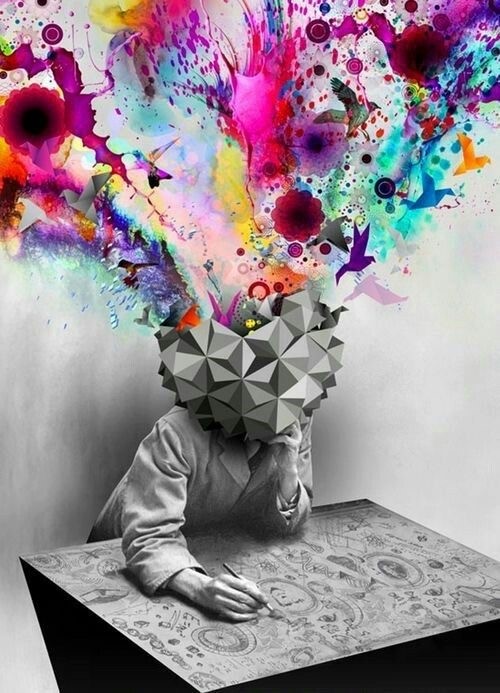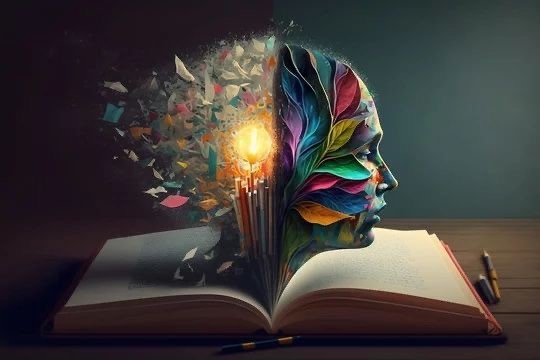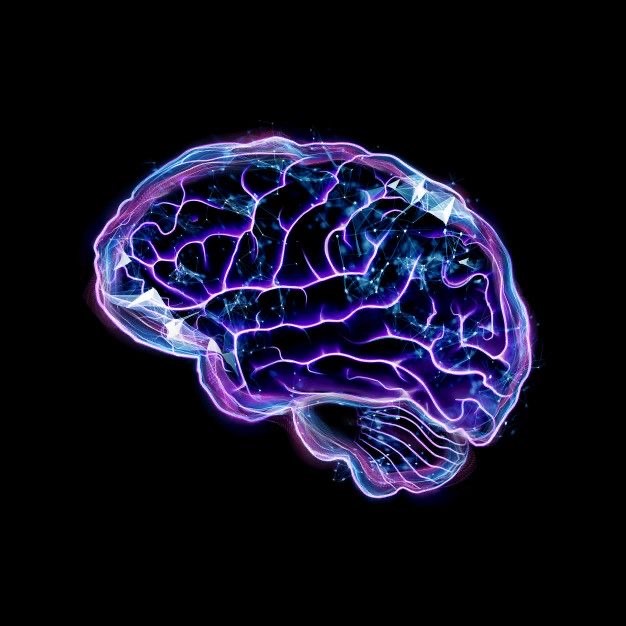Beauty, an age-old concept intricately entwined within the mosaic of human culture, has perennially danced beyond the grasp of precise definition, retaining its subjectively elusive allure. What transmutes a piece of art, a harmonious composition, or the panorama of nature into an embodiment of beauty? Within the burgeoning realm of neuroaesthetics, an alluring expedition unfurls—a journey that delves into the labyrinthine recesses of neural landscapes, illuminating the mechanisms that awaken our admiration for beauty in its myriad manifestations.
Understanding the fundamental characteristics of the aesthetic experience is essential before exploring the complex brain mechanisms behind beauty perception. Although encounters with beauty frequently elicit a symphony of feelings and a tapestry of joyful sensations, these experiences are always highly subjective. What one person finds attractive could differ significantly from what another person finds attractive. Untangling the common threads that delicately meander through this diverse tapestry of experiences is a noble endeavour that is taking place within the field of neuroaesthetics.

The reward system, which includes regions like the nucleus accumbent and the ventral striatum, is a star performer in the delicate ballet of our brain’s reaction to beauty. The neurotransmitter dopamine, which dances with reward and pleasure, is carried by these enclaves. These cerebral areas light up in a brilliant display whenever we experience the allure of beauty, whether it be in the form of a mesmerising painting, a melodic tune, or a picturesque scene. It alludes to a profound truth: beauty is treasured by our brains as a gratifying gift that bestows on us a supreme rush of happiness and fulfilment.
For many years, humanity has been enthralled by art in all of its manifestations. With the help of neuroaesthetics, we may now unravel the mysteries of why some pieces of art speak to our souls. The medial orbitofrontal cortex, the guardian of reward processing, awakens with fervour when we view art that captivates us, according to functional magnetic resonance imaging (fMRI) studies. Furthermore, the rich patterns of the default mode network’s mental tapestry, which is known for self-referential reflection and introspection, emerge. It implies that when we appreciate art, we engage in a journey of profound self-reflection in addition to the visual feast.

Music, a potent vessel of beauty, wields a profound influence over our emotional landscapes. As we immerse ourselves in melodies that strike a chord within us, our brains orchestrate a symphony of dopamine release, bestowing upon us the gift of pleasure and contentment. Research has cast light upon the intricate tapestry of music’s impact, revealing that its diverse components – melody, harmony, and rhythm – are maestros that command distinct cerebral domains. For instance, the entrancing notes of melody unfurl their magic within the auditory cortex, while the harmonious embrace of chords beckons forth regions intertwined with the processing of emotion. This choreography of neural realms, a ballet of sorts, lends us the ability to perceive and luxuriate in the beauty that music, in its myriad forms, has to offer.
Nature is a never-ending source of beauty with its breathtaking vistas and unique patterns. Our brains react in astonishing ways when we immerse ourselves in natural situations. Studies have shown how exposure to nature’s beauty may improve one’s mood, sharpen one’s cognitive abilities, and reduce stress. The prefrontal cortex, the sentinel controlling decision-making and steady focus, and the anterior cingulate cortex, the custodian of emotions, are the brain orchestrators driving these miraculous transformations. Nature’s beauty seems to have a healing power, weaving a tapestry of renewal across the surface of our minds.
The fascinating field of neuroaesthetics explores the deep neurological underpinnings of our perception of grandeur. While our individual experiences of beauty still include a strong element of subjectivity, this field of study has shed light on the shared neural networks that give us the capacity to savour the beauty of nature, music, and the arts.

The intricate dance of our brain’s reward mechanisms, the poetic reverberations within emotional domains, and the labyrinthine pathways of the default mode network all wield pivotal influence in sculpting our aesthetic voyages. Unveiling the symphony of how our cerebral landscapes respond to beauty not only nourishes our depths of admiration for the tapestry of existence but also extends its practical tendrils into arenas like the therapeutic arts, harmonious melodies of music therapy, and even the orchestration of urban design, birthing environments that resonate with a more profound aesthetic allure.
In a world filled with a kaleidoscope of beauty’s many facets, neuroaesthetics opens a door that invites us to the captivating orchestra that plays in our minds and orchestrates synchronised reactions to the wonders of nature, music, and art. We continue to go deeper and deeper into the essence of humanity in our effort to unravel the mystifying fabric of how people perceive beauty, uncovering the profound interweaving of our mental worlds with the ethereal realm of aesthetics.
Sources
- https://www.sciencedirect.com/topics/psychology/neuroaesthetics#:~:text=Neuroesthetics%20is%20a%20field%20within,brain%20imaging%20and%20neurophysiological%20techniques.
- https://www.thecrimson.com/article/2017/11/10/neuroaesthetics-cover/
- https://journals.sagepub.com/doi/10.1177/1745691615621274
- https://www.researchgate.net/publication/344077475_Neuroaesthetics_The_art_science_and_brain_triptych




